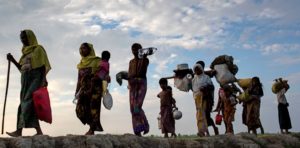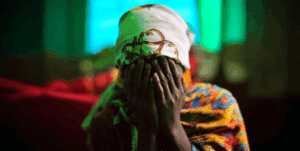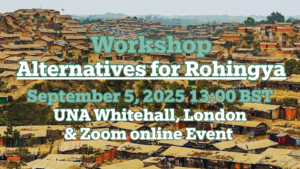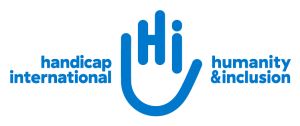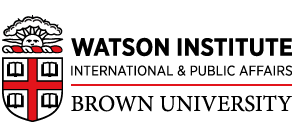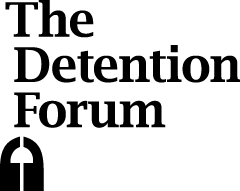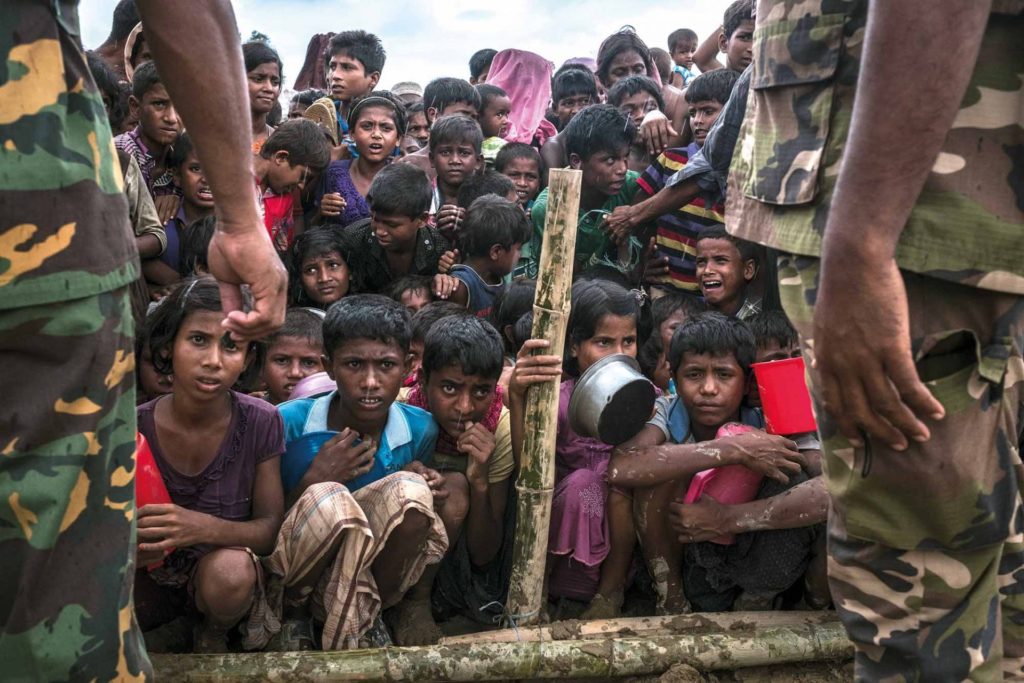
From the author’s contribution to the Panel on Rakhine State, London workshop “Alternative Approaches to the Rohingya Refugee Situation,” September 5, 2025.
Over the years, a considerable number of issues and problems related to the Rohingya have been defined. But solutions have mostly focused narrowly on how humanitarian assistance should be applied. For the upcoming UN conference on the Rohingya (September 30, 2025), a much more comprehensive approach is required.
1. Which Rohingya are we talking about in the run-up to the UN conference?
A 2024 report by Doctors Without Borders entitled Behind the Wire estimates that in 2023 there were 2.8 million Rohingya around the world. Let’s say there are 3 million now.
Of these 3 million, 1.2 million are in Bangladesh, and only around 500,000 probably remain in Arakan (Rakhine State). That leaves another 1.3 million in other countries such as Malaysia, Indonesia, India, Pakistan, and Saudi Arabia.
But in preparations for New York, we hear mostly about those in Bangladesh, and not about other countries hosting refugees. And ironically, as the conference approaches, India has been forcing Rohingya refugees back into Myanmar and Bangladesh, while earlier this year Malaysia pushed unseaworthy boats packed with fleeing Rohingya back onto the high seas.
Bangladesh has managed to draw attention to the Rohingya on its territory. But what about other countries? What have they done, and what has the UN done to make sure that the Rohingya crisis is treated as a global crisis?
2. The question of inclusion, or equality for all in Myanmar, including citizenship
The author Sai Latt calls the absence of this question a ‘blind spot’ in the anti-coup movement—and rightly so. Myanmar is a country where issues of diversity and ethnicity have long been used to divide population groups.
Look at the Federal Democracy Charter. It is a roadmap for transition to a new constitution. It was adopted by the opposition National Unity Consultative Council (NUCC) in 2021 and is meant to lead to a transitional constitution for Myanmar. But work has been painfully slow.
The original document of 2021 does not accept the principle of non-discrimination and equality for all.
Tragically, it continues to categorize people in two groups: officially recognized ethnic groups (or Taing Yin Thar) and others with differential rights. I was deeply disappointed when I first noticed this. It didn’t match the enthusiasm and determination of so many in the Spring Revolution for the kind of profound change that is needed.
A new draft for a transitional constitution is now being prepared. It will probably be adopted ahead of the junta’s planned December elections. That makes this a critical time to lobby for changes that reflect equality for all.
Importantly, this is not only a Rohingya issue. It also affects other communities, including other Muslims, Chinese, Hindus, Gurkhas, Sikhs, Anglo-Burmans, and so on. Let’s start presenting the problem in its full dimensions and join hands with other groups whose very identities are at stake. It is an issue that potentially excludes between 10 and 15 percent of Myanmar’s population, including the Rohingya (according to Dr. Sai Latt).
3. The fog of war
It is hard to characterize the current situation of the Rohingya in Arakan (Rakhine State) and in the refugee camps in Bangladesh. The suffering is immense, and atrocities are being committed. But as in many other places around the world, violent conflict, displacement, and hunger obscure a clear view of developments on the ground. And as often in such situations, deliberate disinformation thrives.
Let’s not pretend we have a full view of what is happening in Arakan and in the camps. Lack of independent access and blocked internet connections compound an already complex situation. It pays to be careful with news and information circulating both in Arakan and in Bangladesh. Independent confirmation is needed but often unavailable.
It is a tragedy that the military regime in Naypyidaw has succeeded, once again, with its divide-and-rule policy. Even though it no longer controls over 90 percent of Arakan’s territory, the divide between Arakan’s communities is its success. And it has also increased distrust within the Rohingya community.
Closely linked to the fog of war is the issue of victimhood. Obviously, it is not necessary to argue that the Rohingya are victims; that is accepted around the world. But what about the other communities in Arakan—the Rakhine, the Maramagyi, the Kaman, the Hindus, the Chin, and many others?
They too are victims. They too have had their villages bombed and burned, their clinics, schools, and prayer houses destroyed, while thousands are displaced in areas where relief goods do not reach them.
A first step in reconciliation could be the acknowledgment that all of Arakan’s people are victims. And clearly, there are different degrees of victimhood and destitution, and these too must be acknowledged.
But what is needed first are independent investigations into what has happened in northern Arakan and in Bangladesh over the last two years. One part should deal with atrocity allegations against Myanmar’s military regime, the Arakan Army, and Rohingya militias; the other should focus on what happened in Bangladesh. How did Rohingya militias manage to get a firm grip on the Rohingya population in the refugee camps? Where did funding and arms for their operations come from? And how was it possible that hundreds managed to cross the Bangladesh–Myanmar border unnoticed?
4. Comprehensive plan for Arakan
Arakan’s problems are manifold. While it is tempting to focus only on some of the worst manifestations, such as the Rohingya crisis, this would not bring about the badly needed comprehensive and sustainable solutions.
What is needed is one comprehensive plan for all of Arakan—one that focuses not only on humanitarian needs but on dealing with three major crises:
- The security crisis
- The economic and development crisis
- The human rights crisis
Of course, transitional justice elements should be part of the plan.
To assist with the development of such a plan, the international community must move away from its traditional state-centric approach that implies kowtowing to the brutal regime in Naypyidaw and to the international supporters who follow it blindly.
Clearly, cross-border humanitarian support is critically important and needed immediately. I know that cross-border assistance remains a sensitive issue in Bangladesh. But perhaps Bangladesh could look at the decades-long experience on the Myanmar–Thai border, where growing pragmatism has led to practices that work much of the time. Such assistance would help create the kind of stability and security in Arakan that is so important for Bangladesh.
About the author: Laetitia van den Assum is the former Ambassador of the Netherlands in Myanmar and member of the Advisory Commission on Rakhine State (2016–2017), chaired by Kofi Annan.
The opinions expressed in this blog are those of the author and do not necessarily represent the views of United Against Inhumanity (UAI).
